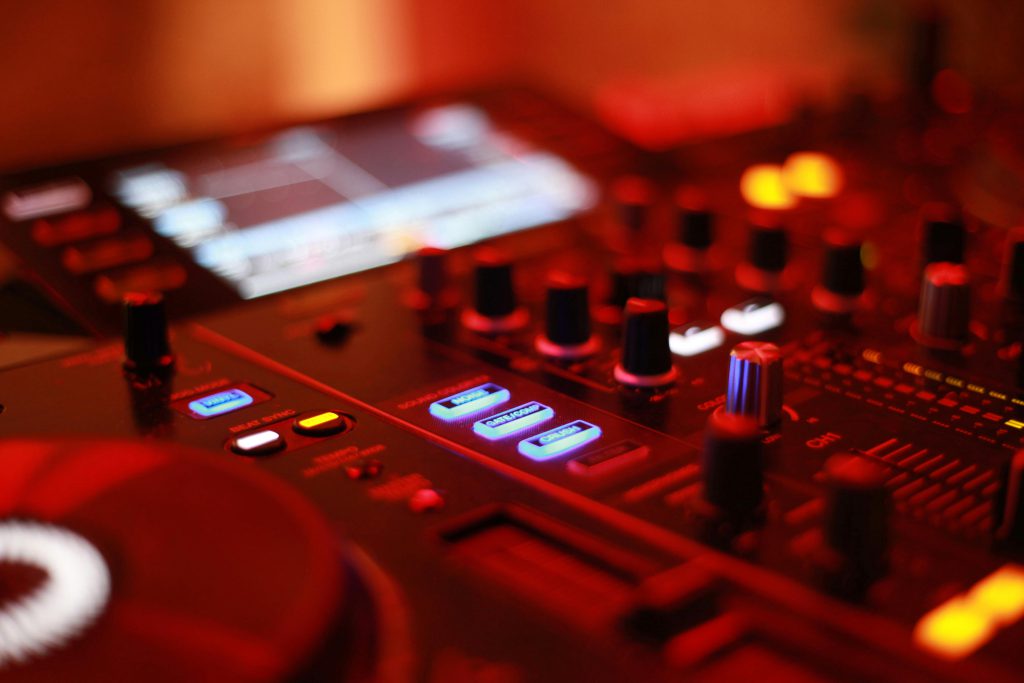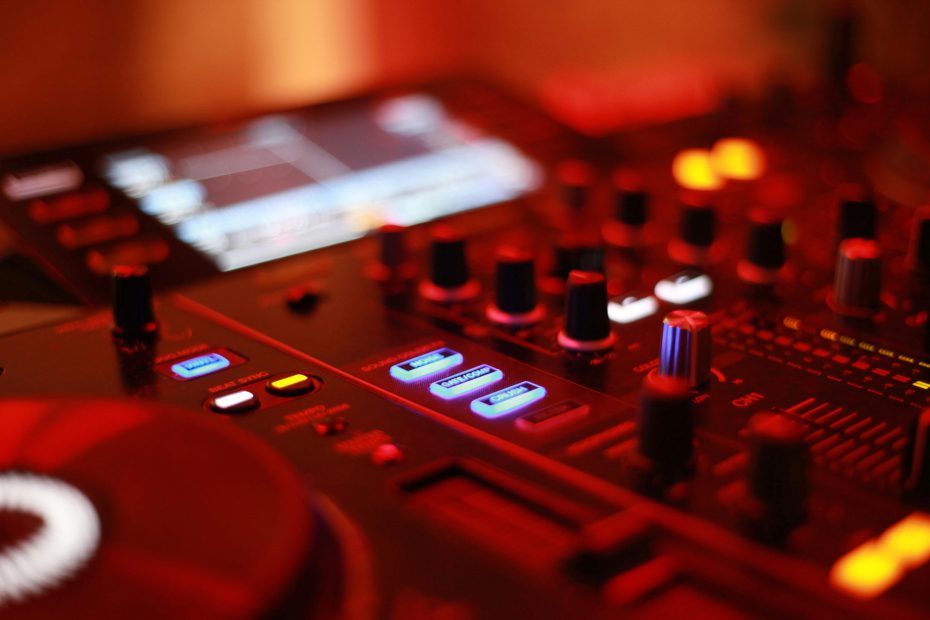How to Configure a Dante Digital Mixer?
Dante digital mixers have revolutionized the audio industry with their ability to simplify complex setups and provide high-quality sound distribution over standard Ethernet networks. Configuring a Dante digital mixer may seem challenging at first, but with the right guidance, you can achieve an efficient and seamless audio system. In this guide, we’ll walk you through the steps to configure a Dante digital mixer, ensuring that your setup is optimized for any event or application.

Understanding Dante Digital Mixers
Dante (Digital Audio Network Through Ethernet) is a technology developed by Audinate that enables audio signal routing over standard IP networks. Dante digital mixers integrate this technology, making them powerful tools for live events, studio recordings, and installations. These mixers allow for scalable and flexible audio distribution, reducing the need for bulky analog cables.
Key Features of Dante Digital Mixers
- High Audio Quality: Ensures pristine sound transmission without latency.
- Scalability: Connect multiple devices across long distances.
- Ease of Use: Simplifies complex audio setups with software-based routing.
Preparing for Dante Digital Mixer Configuration
Before diving into the configuration process, ensure you have the following:
- A Dante-enabled digital mixer.
- A computer with Dante Controller software installed.
- A compatible Ethernet switch (preferably gigabit).
- CAT5e or CAT6 Ethernet cables.
- Knowledge of your network’s requirements and structure.
Setting Up the Network
To configure a Dante digital mixer effectively, start by setting up your network correctly.
- Dedicated Network: Use a separate network for audio to avoid interference from other data traffic.
- IP Address Management: Most Dante devices use automatic IP addressing (link-local), but you can manually configure IPs if required.
- Switch Selection: Use unmanaged or Dante-optimized switches to minimize latency.
Steps to Configure Dante Digital Mixers
Step 1: Connect Your Devices
Begin by connecting all Dante-enabled devices to the Ethernet switch using CAT5e or CAT6 cables. Ensure that the mixer, computer, and any additional devices (like amplifiers or microphones) are on the same network.
Step 2: Launch Dante Controller
Open the Dante Controller software on your computer. This software is the central hub for managing your Dante network and routing audio signals.
Step 3: Discover Devices
Dante Controller will automatically detect all connected Dante devices. Ensure your Dante digital mixer is visible in the device list. If it doesn’t appear, check your connections and network configuration.
Step 4: Name and Label Devices
For easier management, rename devices and channels in the Dante Controller. For example, label inputs as “Vocal Mic” or “Guitar Channel” and outputs as “Main Speaker” or “Monitor Feed.”
Step 5: Route Audio Signals
In Dante Controller, use the routing matrix to connect inputs to outputs. Click on the intersection of the desired input and output to establish a connection. For instance, link the main output of your Dante digital mixer to the speakers.
Step 6: Configure Sample Rates and Latency
Ensure all devices are set to the same sample rate (e.g., 48 kHz) to avoid compatibility issues. Adjust latency settings based on the complexity of your network. For simple setups, a latency of 1ms or less is ideal.
Step 7: Save Your Configuration
Once your Dante digital mixer is configured, save the routing settings in Dante Controller. This ensures you can quickly reload your setup in the future.
Advanced Features of Dante Digital Mixers
After completing the basic configuration, explore advanced features that enhance the functionality of Dante digital mixers.
Dante Virtual Soundcard
Dante Virtual Soundcard allows your computer to act as a Dante device. Use it to record or playback audio directly from your digital audio workstation (DAW).
Redundant Networking
Many Dante digital mixers support redundant networks for increased reliability. Connect a secondary Ethernet cable to create a backup path for audio signals.
Multicast and Unicast Modes
Configure multicast or unicast transmission depending on your network’s capacity. Multicast is ideal for sending the same audio signal to multiple devices.
Troubleshooting Common Issues with Dante Digital Mixers
Even with a robust system like a Dante digital mixer, occasional issues may arise. Here’s how to address them:
Device Not Detected
- Check Ethernet connections and ensure devices are powered on.
- Verify that all devices are on the same network.
Audio Drops or Latency
- Ensure the Ethernet switch supports gigabit speeds and Quality of Service (QoS).
- Reduce the number of network hops between devices.
Compatibility Issues
- Confirm that all devices are running compatible firmware versions.
- Align sample rates across all devices.
Tips for Optimizing Your Dante Digital Mixer Setup
To maximize the performance of your Dante digital mixer, follow these best practices:
- Use high-quality Ethernet cables for reliable connections.
- Regularly update firmware and Dante Controller software.
- Plan your network layout to minimize cable lengths and interference.
Configuring a Dante digital mixer may initially seem complex, but with the right approach, it becomes straightforward and highly rewarding. By leveraging the power of Dante technology, you can create a flexible, scalable, and high-quality audio setup suitable for any application. Whether you’re setting up for live events, studios, or installations, understanding how to configure Dante digital mixers will significantly enhance your audio experience.
Take the time to familiarize yourself with Dante Controller and experiment with the system’s advanced features to unlock its full potential. With proper configuration, your Dante digital mixer will serve as the backbone of a professional-grade audio network.
